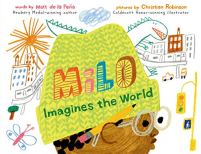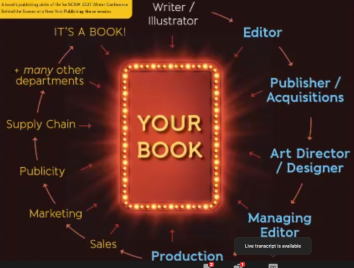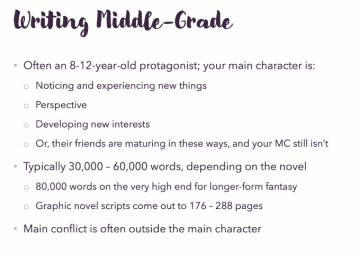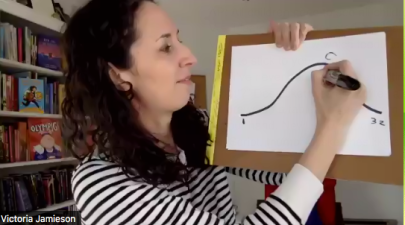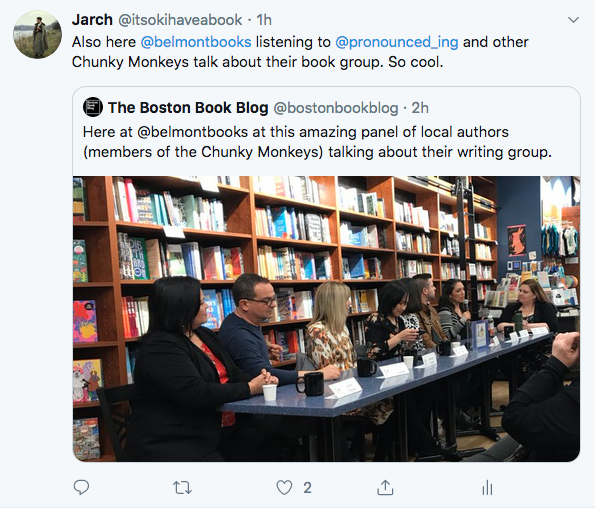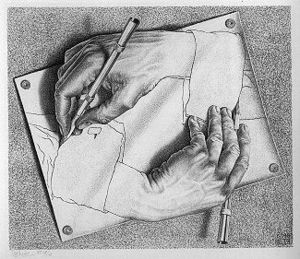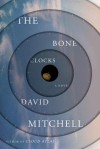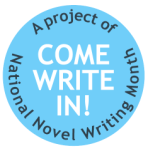I hesitate to mention this, as it’s January 14 and this is my first post here since the beginning of the year (though I did write about Simon Garfield’s engaging To the Letter, and the letter-writing resolution it inspired, on my other blog last week), but one of my new year’s resolutions is to post here more regularly: specifically, once a week, although occasionally there may be extra posts, and I’m allowing myself to miss the occasional week for vacations, illnesses, etc. I’m sure my twenty readers will be crushed by these lapses.
While I was considering a reasonable frequency for blog posts, I was also considering content. Should I limit myself to book reviews? That would focus things a bit more; this could be a book review blog. But I like having the latitude to write about any issue relevant to libraries, publishing, intellectual freedom, etc. that catches my interest, so I decided not to change the content much.
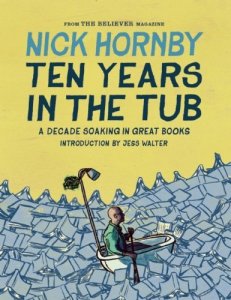 That said, Nick Hornby’s Ten Years in the Tub, a collection of his columns for the Believer over the past decade, presents a really excellent structure for writing about books, the only problem being that Nick Hornby’s already gone and done it. Even though, given 2,000 words a month, I’d write different things about different books (and I wouldn’t write at all about cricket or football), it seems a bit cheap to steal his format.
That said, Nick Hornby’s Ten Years in the Tub, a collection of his columns for the Believer over the past decade, presents a really excellent structure for writing about books, the only problem being that Nick Hornby’s already gone and done it. Even though, given 2,000 words a month, I’d write different things about different books (and I wouldn’t write at all about cricket or football), it seems a bit cheap to steal his format.
For today, then, I’ll just write about what Hornby has written about what he’s read. (How’s that for meta?) For those who aren’t familiar with his Believer column, he starts each one off with a list of “Books Bought” and “Books Read.” (It’s already a brilliant idea, isn’t it?) The overlap between the two lists varies from month to month, as you can imagine, and it’s interesting to see how one book leads to another, what gets read and what gets set aside, sometimes cropping up months later.
As he is writing about so many books in a relatively small space, his transitions can be a bit jarring (or rather, transitions are often lacking entirely); some books receive several paragraphs of attention and others are dealt with in a sentence or two. We can forgive this unevenness though, because Hornby writes with humor, self-deprecation, and intelligence. He often turns on himself, retracting something he wrote in a previous month or even earlier in the same column; for example, one month he writes, “Books are, let’s face it, better than everything else.” Yes! But the next time the World Cup rolls around, he does a reversal.
Hornby has a talent for articulating thoughts that might have occurred to many of us in a fuzzier form, but he does it in a way that is concise and sharp, observant and true. In two or three separate columns, he wrote about major works that have influenced literature in a significant way since their publication. Here he is, once he’s finally gotten around to reading In Cold Blood by Truman Capote: “But the trouble with influential books is that if you have absorbed the influence without ever reading the original, then it can sometimes be hard to appreciate the magnitude of its achievement.” And here again, after reading The Prime of Miss Jean Brodie by Muriel Spark (whose other books he gobbled up like candy – or perhaps the more apt metaphor in his case would be ‘inhaled like cigarettes’): “Influential books are often a disappointment, if they’re properly influential, because influence cannot guarantee the quality of the imitators, and your appetite for the original has been partially sated by its poor copies.” Finally, here he is on Voltaire: “The trouble with Candide is that it’s one of those books that we’ve all read, whether we’ve read it or not….The meat was picked off it and thrown to the crowd in the eighteenth century…”
It just so happens I’ve read and loved all three of those books, though I was younger than Hornby when I read them. (I’m still younger than him now. Ha!) Candide, in particular, I read in eleventh grade; I remember being intimidated because it was old, and French, and a classic, but felt better when I saw how tiny it was, and upon reading it thought it quite funny and not intimidating at all. I do see his point about The Prime of Miss Jean Brodie; I saw the movie after reading the book (I think) and Maggie Smith was – as she always is – tremendous, and memorable. The point stands, though, about influence, and it makes me feel a bit better that I didn’t love Catcher in the Rye the way I was supposed to, even though I read it when you’re supposed to (age 16 or thereabouts). For a young adult classic, I love The Perks of Being a Wallflower a hundred times better.
Though at one point Hornby warns against revisiting old favorites, in case they don’t hold up over time, he also sees forgetting as an opportunity. In one column, he writes, “A couple of months ago, I became depressed by the realization that I’d forgotten pretty much everything I’ve ever read….I am now cheered by the realization that, if I’ve forgotten everything I’ve ever read, then I can read some of my favorite books again as if for the first time.” This is cheering, indeed. I used to re-read books much more often than I do now; as Hornby says, “I don’t reread books very often; I’m too conscious of both my ignorance and my mortality.” But at least a few times a year, I’ll read a book that I know, usually even before I’ve finished it, that I want to read again. Off the top of my head: Gold by Chris Cleave, The Rules of Civility by Amor Towles, The Night Circus by Erin Morgenstern, and Me Before You by Jojo Moyes. (Incidentally, that’s two British authors and two Americans, two men and two women. Neat.)
After I graduated from college and began working in publishing, I went on what could pretty accurately be described as a two- or three-year fiction binge. I forget which year it was that I made a resolution to read at least one nonfiction book a month, but I did it when reading nothing but fiction came to feel like eating nothing but candy. (Not to say that fiction can’t be just as “good for you” as nonfiction. I’m not getting into that here.) So when Hornby wrote that he was “beginning to see that our appetite for books is the same as our appetite for food, that our brain tells us when we need the literary equivalent of salads, or chocolate, or meat and potatoes,” I knew exactly what he meant. (My reading diet has been much more balanced since that resolution, though it still skews toward fiction.)
In two of his more recent essays, Hornby wrote about books “of the moment” – those books saturated with contemporary period details, set in a very particular place and time, complete with all its cultural references. It’s often noted in criticism of books like this that they will lose their appeal over time. “The received wisdom is that novels too much of the moment won’t last; but what else do we have that delves so deeply into what we were thinking and feeling at any given period? ….Some fiction at least should deal with the state of the here and now, no matter what the cost to the work’s durability, no?” Hornby asks. These books, he argues, have just as much if not more historical value than well-researched historical fiction, because they provide insight to what people were thinking and feeling in a given place and time.
Speaking of “the moment,” why, when we have e-books, do people still buy and read printed books? In part because “all the books we own, read or unread, are the fullest expression of self we have at our disposal….With each passing year…our libraries become more and more able to articulate who we are.” For readers, our books are us, and our bookshelves show who we are, what we love, who we aspire to be. As Oscar Wilde said, “It is what you read when you don’t have to that determines what you will be when you can’t help it.”
As someone who often tracks down books referenced, even fleetingly, in other books, it’s not surprising that I ended up with a nice list of books to add to my already intimidatingly long “to-read” list by the time I came to the end of Ten Years in the Tub. Here they are:
 Fiction (including children’s/YA)
Fiction (including children’s/YA)
Mystic River by Dennis Lehane
We’re in Trouble: stories by Chris Coake
Skellig by David Almond
Tom’s Midnight Garden by Philippa Pearce (nearly certain I read this as a child, but have forgotten it sufficiently to warrant a re-reading)
Ten Thousand Saints by Eleanor Henderson
any book by Anne Tyler
 Nonfiction
Nonfiction
How to Live: or, a life of Montaigne, in one question and twenty attempts at an answer by Sarah Bakewell (on top of Hornby’s recommendation, I remember that the reviews and awards for this book were spectacular)
Book of Days: personal essays by Emily Fox Gordon
A Giacometti Portrait by James Lord
The Rights of the Reader by Daniel Pennac
Assassination Vacation by Sarah Vowell (this was already on my to-read list; I loved The Wordy Shipmates and Unfamiliar Fishes)
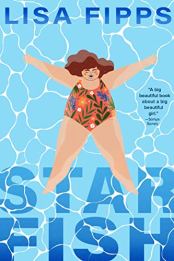 Big thanks to the children’s librarians at the Newton Free Library for organizing, promoting, hosting, and moderating a delightful virtual author visit with Lisa Fipps, author of the novel in verse Starfish, a Printz honor book. Lisa was incredibly friendly and personable, doing only a short introduction before answering tons of questions from the Newton Free Library book club and other attendees.
Big thanks to the children’s librarians at the Newton Free Library for organizing, promoting, hosting, and moderating a delightful virtual author visit with Lisa Fipps, author of the novel in verse Starfish, a Printz honor book. Lisa was incredibly friendly and personable, doing only a short introduction before answering tons of questions from the Newton Free Library book club and other attendees.

 I’ve been following Eula Biss’s writing since I got a galley of On Immunity: An Inoculation back in 2014 (she said during this interview that she “would love for that book to become obsolete,” but if you know anyone asking themselves “to vaccinate or not to vaccinate?” please buy them a copy). Eula joined writing instructor and Emerita Senior Faculty Associate Deb Gorlin to discuss her writing career and her newest book, Having and Being Had.
I’ve been following Eula Biss’s writing since I got a galley of On Immunity: An Inoculation back in 2014 (she said during this interview that she “would love for that book to become obsolete,” but if you know anyone asking themselves “to vaccinate or not to vaccinate?” please buy them a copy). Eula joined writing instructor and Emerita Senior Faculty Associate Deb Gorlin to discuss her writing career and her newest book, Having and Being Had. 


 If we’ve met in real life, probably I have talked your ear off about Kate Milford’s Greenglass House books. Her kind of world-building is one of my favorite kinds: our world, but different. And the ways that it’s different are so inventive and compelling to me, from Nagspeake’s shifting iron and the Skidwrack river to the existence of roamers, a culture of smuggling, and an evil catalog company. Plus, the structure of her books is excellent, and nearly always features an ensemble cast of interesting characters, many of whom cross between books – basically, David Mitchell for middle grade, but completely her own. And her newest book, The Raconteur’s Commonplace Book, is actually the book that Milo (main character of Greenglass House) reads – so Kate invented a book-within-a-book, then wrote that book. And like Greenglass House, it’s an Agatha Christie-style strangers-stuck-in-a-house-together setup.
If we’ve met in real life, probably I have talked your ear off about Kate Milford’s Greenglass House books. Her kind of world-building is one of my favorite kinds: our world, but different. And the ways that it’s different are so inventive and compelling to me, from Nagspeake’s shifting iron and the Skidwrack river to the existence of roamers, a culture of smuggling, and an evil catalog company. Plus, the structure of her books is excellent, and nearly always features an ensemble cast of interesting characters, many of whom cross between books – basically, David Mitchell for middle grade, but completely her own. And her newest book, The Raconteur’s Commonplace Book, is actually the book that Milo (main character of Greenglass House) reads – so Kate invented a book-within-a-book, then wrote that book. And like Greenglass House, it’s an Agatha Christie-style strangers-stuck-in-a-house-together setup. Melissa Albert pulled off a similar trick with Tales of the Hinterland, which she first dreamed up within the context of The Hazel Wood. Tales is a book of dark fairytales that is out of print and hard to access, adding to its mystery and allure. As a reader and a writer, I am in awe: it’s hard enough to invent a creative work that exists for your characters within the world of the book, like Nick Hornby does in Juliet, Naked and David Mitchell does in Utopia Avenue. This piece of art exists for the characters, and grows in the reader’s imagination until it has nearly mythological status. So then, to write that book – and have it meet or exceed expectations – takes immense bravery and talent. Brava!
Melissa Albert pulled off a similar trick with Tales of the Hinterland, which she first dreamed up within the context of The Hazel Wood. Tales is a book of dark fairytales that is out of print and hard to access, adding to its mystery and allure. As a reader and a writer, I am in awe: it’s hard enough to invent a creative work that exists for your characters within the world of the book, like Nick Hornby does in Juliet, Naked and David Mitchell does in Utopia Avenue. This piece of art exists for the characters, and grows in the reader’s imagination until it has nearly mythological status. So then, to write that book – and have it meet or exceed expectations – takes immense bravery and talent. Brava!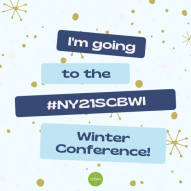 Friday, February 19
Friday, February 19